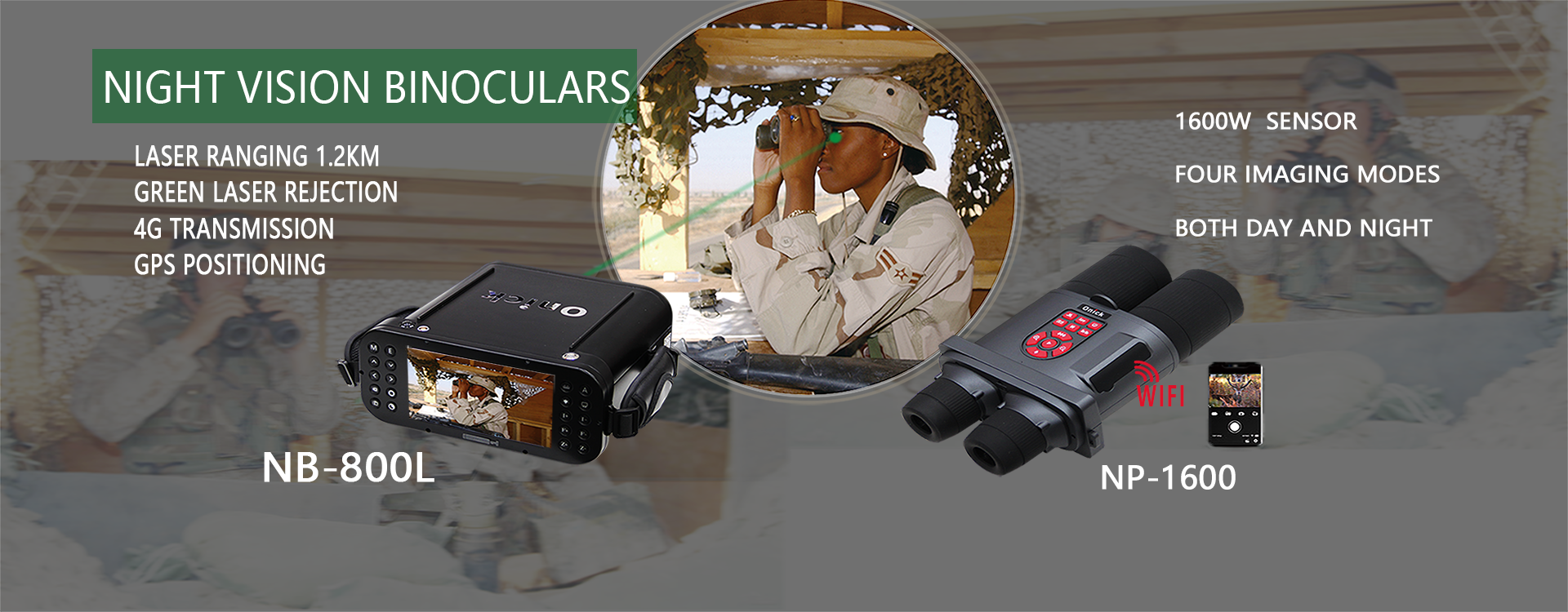Night vision goggles have been used extensively in military and law enforcement operations, but how exactly do they work? How do they provide visibility in conditions where the human eye fails? In this article, we explore how night vision goggles see in the dark.
Night vision goggles or NVG for short, use two main technologies to provide visibility in low-light conditions – thermal imaging and image intensification. Thermal imaging works by detecting heat signatures emitted by living beings or objects. It converts these heat signatures into visible images that the human eye can perceive. On the other hand, image intensification works by amplifying the ambient light in a scene. It converts the photons that are too weak for the human eye to see, into visible images.

In most night vision goggles, both thermal imaging and image intensification technologies are combined to provide users with enhanced vision in low-light conditions. The goggles are fitted with an infrared illuminator which emits a beam of infrared light that is invisible to the human eye. This beam illuminates the scene and allows the thermal imaging technology to detect and capture any heat signatures present. The captured images are then displayed on the goggle's screen as a black and white image.
However, when there is no source of infrared light available, such as in a completely dark room, the goggles rely solely on image intensification technology to see in the dark. Image intensification works by amplifying the ambient light in a scene. To achieve this, the goggles use a special photo sensor called an image intensifier tube. This tube is designed to amplify the photons present in a scene by up to tens of thousands of times. The amplified photons are then processed and displayed as a green-tinted monochrome image on the goggle screen.
In summary, night vision goggles are able to see in the dark through the use of both thermal imaging and image intensification technologies. The goggles are fitted with an infrared illuminator which emits an invisible beam of light that allows thermal imaging to detect and capture heat signatures in a scene. In addition, the image intensification technology is able to amplify the photons present in low-light situations, allowing the goggles to provide users with enhanced vision in the dark.

